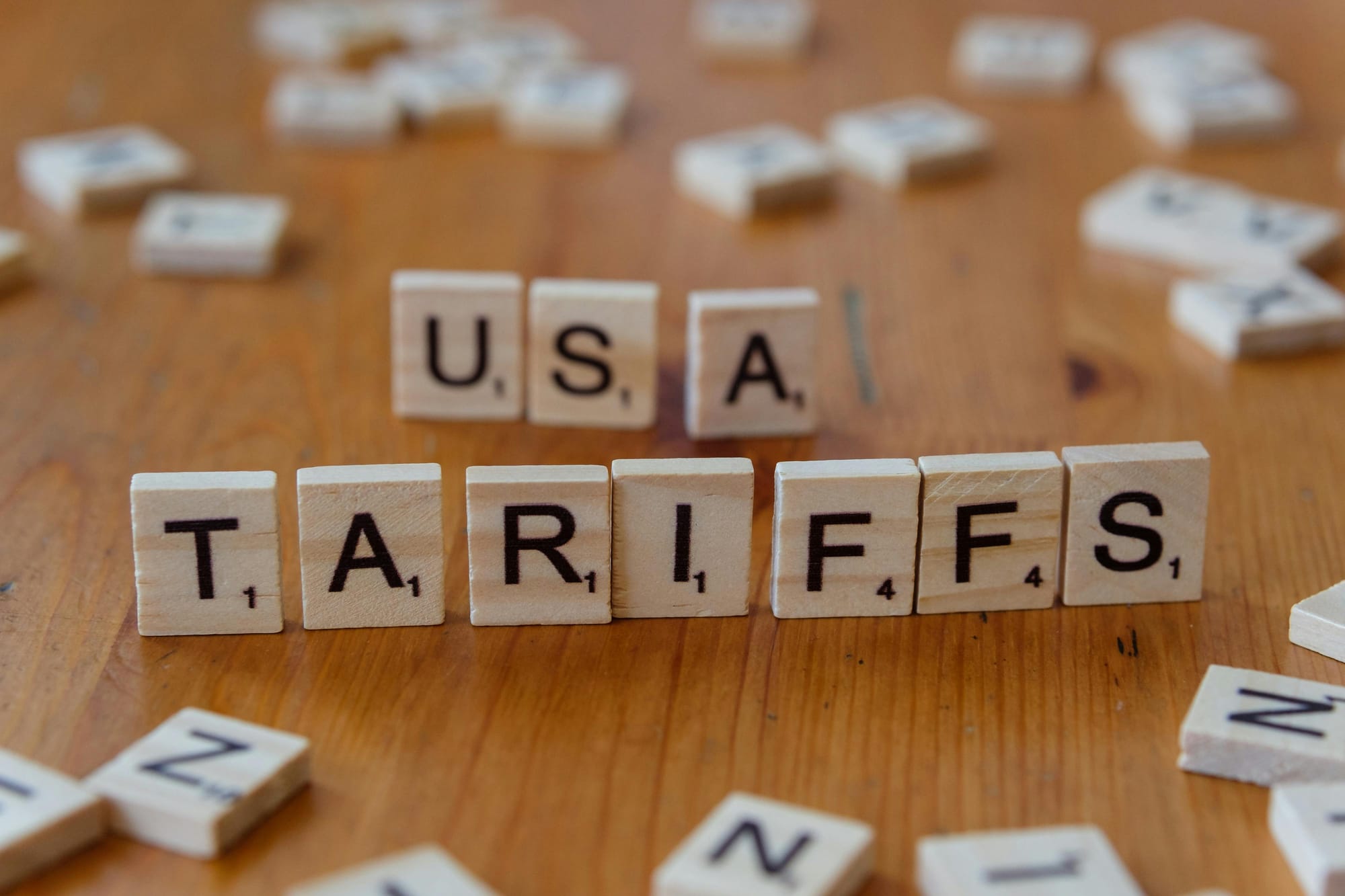United States Consideration of Universal Trade Tariffs

Introduction
The concept of universal trade tariffs is reshaping the landscape of international commerce, introducing changes that reverberate throughout the US economy. As global trade tensions rise, the implementation of universal trade tariffs emerges as a pivotal element in the ongoing discussion of US trade policy. With a network of trade sanctions and negotiations, these tariffs influence various sectors, affecting the national economy. Delving into the implications of import tariffs and export tariffs reveals intricate stories of trade wars and global market impacts. From policy decisions to economic strategies, these tariffs hold the potential to transform global trade impacts and national economic policy.
Understanding Universal Trade Tariffs
Universal trade tariffs represent a broad and standardized form of duties applied to imported goods from all over the world rather than zeroing in on specific countries. This blanket approach often comes into play during trade disputes or economic sanctions to help domestic industries stand up against foreign rivals. Let's dive deeper into this theme:
- Historical Use: Historically, these tariffs served as a shield for national economies, particularly during economic upturns or when facing perceived trade dangers. They've played a role in guarding economic growth and have been pivotal during economic confrontations.
- International Implications: On the global stage, universal trade tariffs can create ripples through markets, causing market movements and revamping trade connections worldwide. Their impact on existing trade deals are significant and uncertain.
- Case Studies: Reviewing instances of universal tariffs in action aids our understanding. Each case highlights the delicate balance nations must strike, leveraging tariffs to protect while still engaging in international trade.
The Role of Universal Trade Tariffs in US Trade Policy
In recent years, US trade policy has appeared to tilt towards embracing universal tariffs. This shift brings about several key factors to consider:
- Policy Shifts: Recent strategic adjustments in US trade policy underscore the penchant for universal tariffs. These shifts reflect broader economic goals that seek to secure national interests amid evolving global dynamics.
- Trade Negotiations: Policy decisions and negotiations have intertwined to gradually embed these tariffs into the current economic framework. By doing so, they hint at long-term goals that align with economic planning and defense against external trade threats.
- Economic Impact: Import and export tariffs, when combined, play a crucial role across sectors, from manufacturing to tech. Each sector lies at the mercy of how tariffs are used, whether as defenses against market intrusions or as part of economic sanctions.

Global Trade Impact and Economic Implications
The interplay between universal trade tariffs, trade sanctions, and the global economy is complex. Here’s what emerges:
- Market Retaliation: Universal tariffs, especially when linked with trade sanctions, have the ability to transform global markets. Sanctions can shift trade directions dramatically, prompting either economic growth or a slump.
- Trade Wars: Tariff threats often act as the first step in trade wars, leading to tensions and breaking trade relations. The effect is an amplified market fluctuation as each threat interrupts business and trade agreements.
- Commerce Consequences: Scenarios abound where universal tariffs leave lasting marks on global commerce, leading to unexpected outcomes. Global industries may find themselves re-evaluating strategies to stay afloat amid changing tariffs in the market.

National and Industry-level Impacts
Reflections on how universal trade tariffs reshape the national economy bring several insights:
- Trade Disputes: For domestic industries, trade disputes rising from tariffs pose unique challenges. There's a delicate dance between safeguarding home markets and maintaining active international trade ties.
- Sector Strategies: Not all sectors feel the same heat from tariffs. Industries like manufacturing or agriculture, heavily reliant on imports or exports, must devise strategies that revolve around tariff realities.
- Trade Agreements: Finally, trade agreements have to keep pace with a tariff-dominated world. The agreements serve as the framework within which universal trade tariffs operate, impacting both current and future economic landscapes and policies.
Conclusion
To sum up, universal trade tariffs bring widespread changes, reshaping the US economy and the global market landscape alike. This type of trade policy, whether it be through import or export taxes, stands as a significant force, driven by shifting dynamics in international trade. As US economic policy integrates these tariffs, the resulting challenges and strategies evolve, revealing the intricate dance between protecting domestic interests and pursuing global commerce. From trade wars to economic growth prospects, universal trade tariffs play a central role in the conversation around the future of trade policy.




